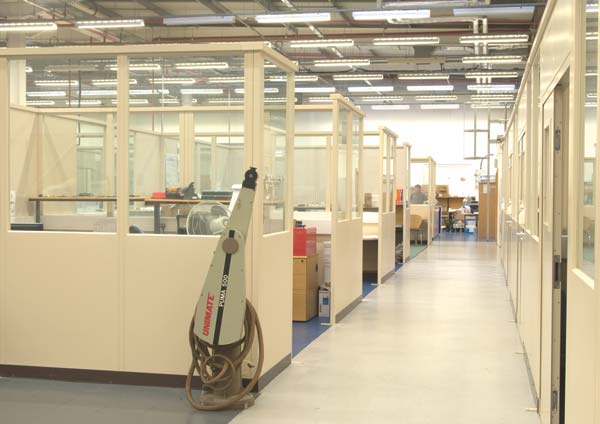Commonly referred to as a robot arm, a small industrial robot is mostly used in a factory environment manufacturing applications. You can classify traditional industrial robots according to different criteria including:
- Application (manufacturing process)
- Brand
- Architecture (parallel or serial)
- Type of movement (degree of freedom)

Also, there is a new qualifier for industrial robots which is collaborative robots or not. Here are some of the different classifications of industrial robots and some examples.
Small Industrial robots for different applications
Application refers to the type of work that the robot is designed to do. Models for small industrial robots are created with specific processes or applications in mind. There are also different requirements for different applications. For example, painting robots will require small payloads but large movement range, they also need to be explosion proof. On the other hand, assembly robots require small working spaces but need to be fast and precise.
A small industrial robot has software and accessory packages, a specific type of movement, control law and linkage dimension depending on the target application. Here are some different types of applications:
- Painting robot
- Assembly robot
- Welding robots
- Palletizing robot
- Material handling robots
Industrial robots with different types of movements
Small industrial robots ate designed with different types of movements. This means that some have more degree of freedom than others. Here are some of them:
- 6-axis robots – A 6-axis robot is a type of industrial robot that has the ability of fully positioning its tool in a given position and orientation (3, orientations and 3 translations).
- Cartesian robots – These are robots that can do 3 translations using linear slides.
- Dual-arm robots – These are small industrial robots that are composed of two arms which have the ability of working together on a given same piece. However, this type of movement is dictated by the arrangement of both linkages and joints.
- Scara robots – These types of industrial robots are the ones that can do 3 translations plus a rotation around a vertical axis.
- Redundant robots – These are the types of robots that can fully position their tool in a given position. Unlike 6-axis robots which can only have one posture for one given tool position, redundant robots have the ability to accommodate a given tool position under different postures. Redundant robots can be compared to a human arm which can hold a fixed handle while still moving the elbow joints and shoulders.
Parallel or serial industrial robots
The most common type of architecture in industrial robotics is serial robots. They are designed with a series of linkages and joints that go from the robot’s base to its tool.
Commonly dubbed as spider robots, parallel robots come in many forms. They are made in such a way that makes it possible to close loops from the base of the robot to its tool and back to its base again. This is like having many arms working together with the robot tool.
Typically, parallel industrial robots have a smaller workspace. Think of it this way, imagine the amount of space used when you try to move your arms around while holding your hands together as compared to the space you can reach with a free arm. The only difference that parallel robots have in regards to this concept is that they have higher accelerations since the actuators all sit at the base and don’t need to be moved.
Industrial robot brands
At present, there are a plethora of industrial robot brands available in the market. Larger brands have a complete range or robots for at different sizes for different applications. On the other hand, smaller brands or robot manufacturing companies usually target a specific application range or size.
Collaborative industrial robots are the latest generation of robots. These types of robots can collaborate with human co-workers as they are built in a way that they cannot hurt a human and respect safety standards. This makes them usable in the same environment as humans.




Comments are closed.